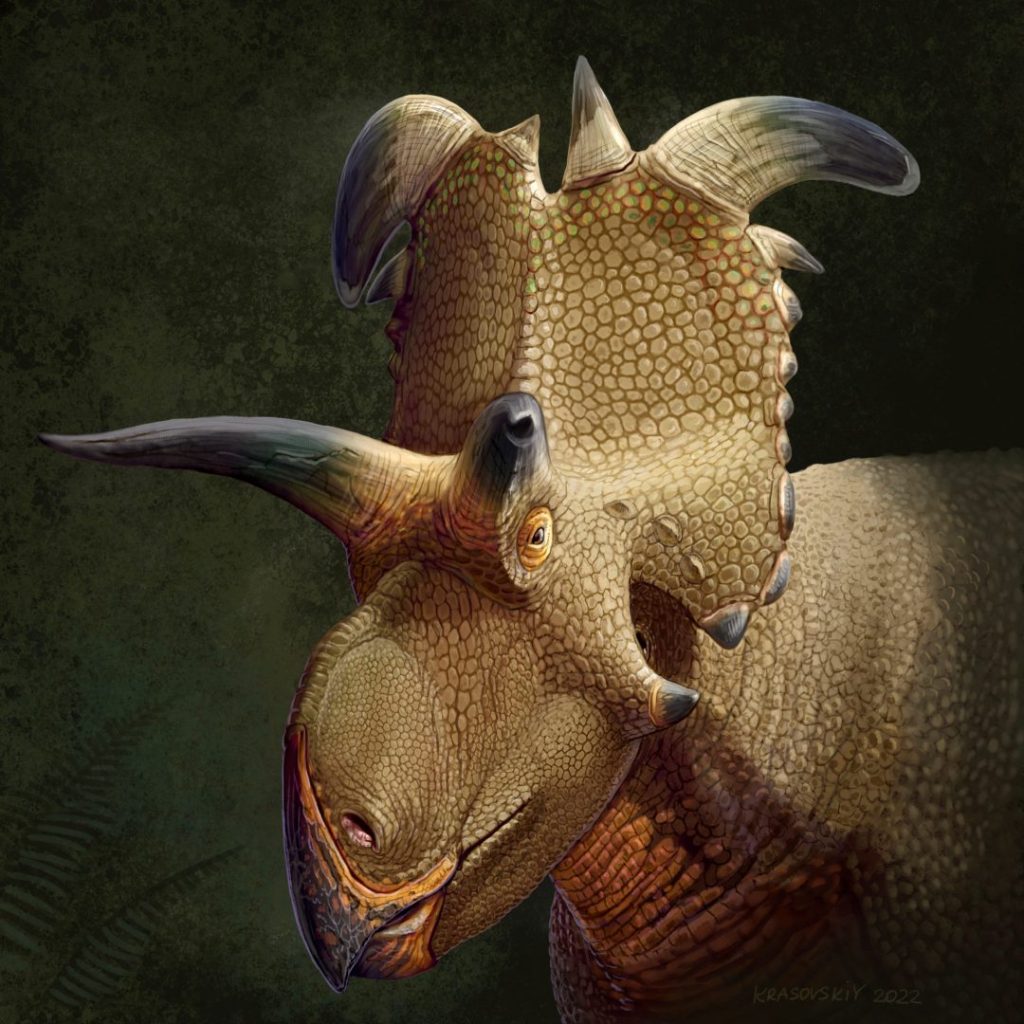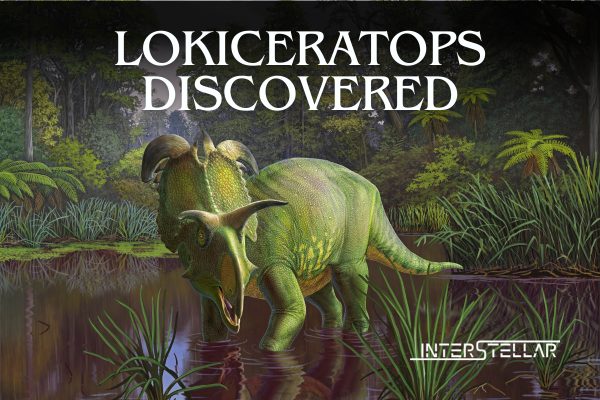Newly Identified Dinosaur Lokiceratops Rangiformis Found in Montana
About 78 million years ago, in what is now the badlands of northern Montana, a unique dinosaur lived in a subtropical coastal plain. This newly identified dinosaur, named Lokiceratops rangiformis, resembled a rhinoceros but sported an elaborate set of horns on its head.
Discovery and Characteristics
Lokiceratops measured about 22 feet (6.7 meters) long and weighed around 5-1/2 tons. It used a powerful beak to browse on low-growing vegetation, such as ferns and flowering plants. The dinosaur had two curving horns over 16 inches (40 cm) long above its eyes, small horns on its cheeks, and various blades and spikes along its head shield. Notably, its frill featured at least 20 horns, including an asymmetrical pair of curved blade-shaped ones about two feet (61 cm) long, the largest frill horns ever observed on a dinosaur.
These distinctive horns, reminiscent of the weaponry of the Norse trickster god Loki, inspired its scientific name, which also acknowledges the fossils’ permanent home at the Museum of Evolution in Denmark. The name means “Loki’s horned face” and “formed like a caribou,” referring to the frill’s asymmetrical horns, similar to caribou antlers.
Habitat and Behaviour
Lokiceratops lived during the Cretaceous Period when a large inland sea divided North America. It roamed a coastal plain with forests, lakes, and swamps along Laramidia’s eastern coast, the landmass that formed western North America. Despite its formidable horns, the lack of a nose horn suggests it used its horns for display rather than defence, likely to intimidate rivals, attract mates, or recognise its species.
Paleontologist Joe Sertich of the Smithsonian Tropical Research Institute and Colorado State University, co-lead author of the study published in PeerJ, noted, “The horns and frill were most likely used for display in Lokiceratops and other horned dinosaurs.”

Ceratopsian Family and Ecosystem
Lokiceratops belongs to the ceratopsian family, specifically the centrosaurines. This family includes dinosaurs with diverse horn and frill structures, contrasting with the chasmosaurines, which include larger species like Torosaurus and Triceratops. Ceratopsians had mouths with over 200 teeth to shear vegetation, indicating varied feeding strategies that reduced competition for resources.
The fossils of Lokiceratops were discovered in Montana, about two miles south of the U.S. border with Canada. It shared its ecosystem with four other horned dinosaur species, including Medusaceratops and Albertaceratops, and herbivorous and carnivorous dinosaurs. Lokiceratops was the largest plant-eater in this diverse environment.
Paleontologist Mark Loewen of the University of Utah and the Natural History Museum of Utah, co-lead author of the study, highlighted the ecosystem’s uniqueness, stating, “Really, this is like finding five species of elephants living on the same savanna in Kenya.” This discovery suggests a rapid evolution of new centrosaurine species in a limited geographical area.
Conclusion
The discovery of Lokiceratops rangiformis adds to our understanding of ceratopsian diversity and evolution. The presence of multiple horned dinosaurs in the same ecosystem challenges previous beliefs and reveals an unexpected richness in dinosaur species.





